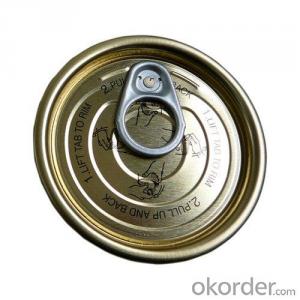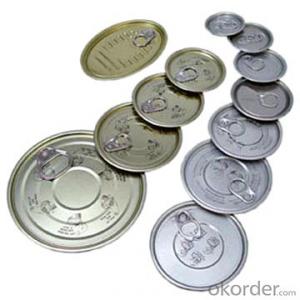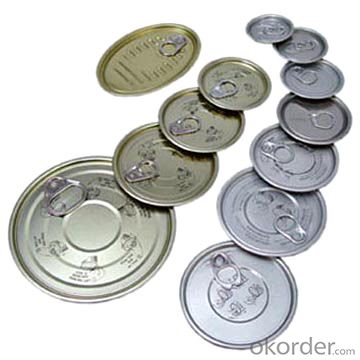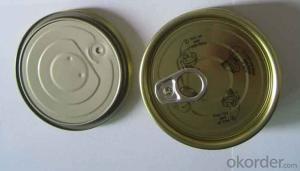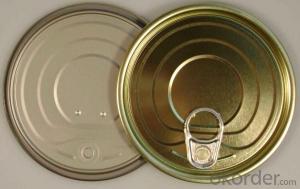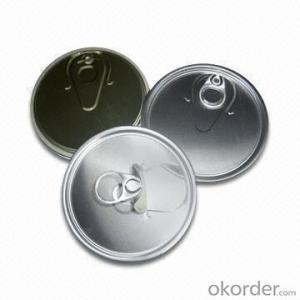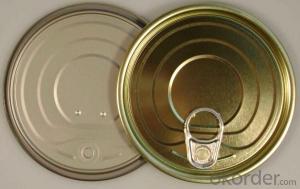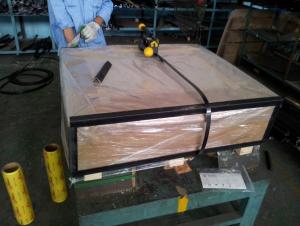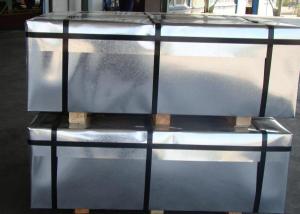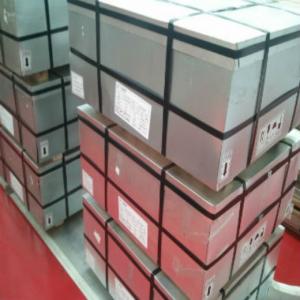Hot Sale Tomato Paste Canned Lid, EOE, Tinplate Material, 300#
- Loading Port:
- Guangzhou
- Payment Terms:
- TT OR LC
- Min Order Qty:
- 950000 pc
- Supply Capability:
- 100000000 pc/month
OKorder Service Pledge
OKorder Financial Service
You Might Also Like
Brief Details
Metal Type: Tinplate
Type: Easy Open End, Can lid
Feature: Non Spill, Full open
Custom Order: Accept
Model Number: 300#
Name: 73mm easy open end
Size(mm): 72.9
Inner coating: White porcelain
Shape: Round
Specifications
Name | canned food |
Item No. | 300# |
Shape/type | Round |
Size(mm) | Dia 72.9 |
Coating | White porcelain |
Material | Tinplate |
Pcs/20 GP’ | 1,680,000 Customize packing: as clients’ requests. |
Features | 1.Used for packaging of tomato paste,jam,salad…etc. 2.Have illustration printing on the lid. 3.Coating can be according to the customer required. |
Our packing
We could offer package as customers require, by carton or by wooden pallet.
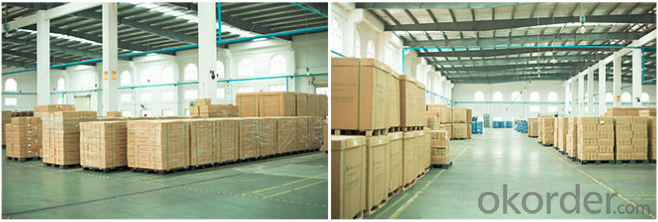
Our Workshop
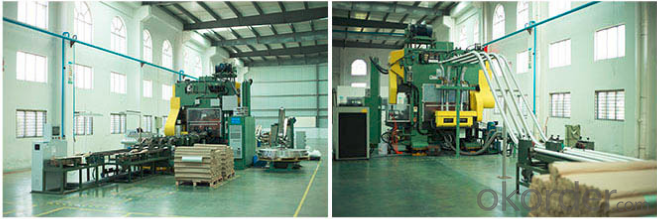

FAQ
1.Q: What is the material of EOE?
We can offer both tinplate and aluminum material made EOE;
2.Q:Could you offer samples for our testing?
YES, we could offer sampler for free if needed;
3. Q:Can you make new mold with customized size I need?
YES, We can make mold for you if reach some qty.
- Q: How does tinplate packaging contribute to product differentiation?
- Tinplate packaging contributes to product differentiation by providing a unique and attractive look that distinguishes a product from its competitors. The use of tinplate allows for creative and eye-catching designs, which can effectively communicate the brand's identity and create a memorable impression on consumers. Additionally, tinplate packaging offers durability and protection, ensuring that the product remains in good condition throughout its shelf life. This enhances the overall perceived value of the product and sets it apart from alternatives, thus contributing to product differentiation.
- Q: What are the chemical resistance properties of tinplate?
- Tinplate exhibits excellent chemical resistance properties due to its tin coating, which acts as a protective barrier against corrosion. It is highly resistant to acids, alkalis, and other corrosive substances, making it a preferred choice for packaging materials in the food and beverage industry.
- Q: What are the typical manufacturing processes for tinplate products?
- The typical manufacturing processes for tinplate products include coil cutting, cleaning, annealing, coating, baking, and shaping.
- Q: What are the challenges faced in the recycling of tinplate?
- One of the main challenges in the recycling of tinplate is the separation of tin from steel. Tin is a valuable material and it is important to recover it efficiently. However, the process of separating tin from steel can be complicated and time-consuming. Additionally, the presence of other contaminants in tinplate, such as paint or other coatings, can further complicate the recycling process. Another challenge is the collection and sorting of tinplate waste, as it often ends up mixed with other materials in the general waste stream. This makes it harder to recover and recycle tinplate efficiently. Overall, the challenges in the recycling of tinplate involve the efficient separation of tin from steel and the collection and sorting of tinplate waste.
- Q: How does tinplate packaging contribute to product convenience for consumers?
- Tinplate packaging contributes to product convenience for consumers in several ways. Firstly, tinplate packaging is lightweight and easy to handle, making it convenient for consumers to carry and transport the product. Secondly, tinplate packaging is durable and provides excellent protection for the product, ensuring that it remains intact and safe during transportation and storage. Additionally, tinplate packaging is airtight, keeping the product fresh and extending its shelf life, which is beneficial for consumers. Finally, tinplate packaging often comes with easy-to-open features like pull tabs or twist caps, making it convenient for consumers to access the product without the need for additional tools.
- Q: How does tinplate packaging contribute to product protection against light?
- Tinplate packaging contributes to product protection against light by providing a highly effective barrier that prevents light from reaching the product. The tin coating on the steel substrate acts as a reflective layer, reducing the amount of light transmission. This helps to shield the product from harmful UV radiation and other forms of light that can cause degradation, discoloration, or spoilage. Additionally, tinplate packaging can be further enhanced with additional protective coatings or lacquers that provide an additional layer of defense against light exposure, ensuring the product remains intact and protected.
- Q: How long does tinplate packaging last?
- Tinplate packaging can last for a very long time, often decades, as tin is a highly durable and corrosion-resistant material.
- Q: What are the main challenges in tinplate printing?
- The main challenges in tinplate printing are achieving high-quality prints on a curved surface, ensuring proper ink adhesion and durability, and maintaining consistent color reproduction. Additionally, the printing process must account for the potential presence of oil or grease on the tinplate, which can affect print quality.
- Q: How does tinplate compare to plastic in terms of sustainability?
- Tinplate generally has a better sustainability profile compared to plastic. Tinplate is made from steel, which is a widely recycled material, and it has a high recycling rate. Plastic, on the other hand, is derived from fossil fuels and has a lower recycling rate. Tinplate is also more durable and can be reused multiple times, whereas plastic is often single-use and ends up in landfills or as litter. Additionally, tinplate has a lower carbon footprint and contributes less to environmental pollution compared to plastic. Overall, tinplate is considered a more sustainable packaging option.
- Q: What are the main advantages of using tinplate for electrical enclosures?
- One of the main advantages of using tinplate for electrical enclosures is its excellent corrosion resistance. Tinplate is coated with a thin layer of tin, which acts as a protective barrier against moisture and other corrosive elements. This ensures that the electrical components inside the enclosure remain well protected and functional for extended periods. Another advantage is its high strength and durability. Tinplate is known for its ability to withstand mechanical stress and impacts, making it a reliable choice for enclosures that may be subjected to rough handling or harsh environmental conditions. Furthermore, tinplate is a cost-effective option. It offers a good balance between price and performance, making it an economical choice for electrical enclosure manufacturers. Additionally, tinplate is easily recyclable, making it an environmentally friendly material. Overall, using tinplate for electrical enclosures provides excellent corrosion resistance, durability, and cost-effectiveness, making it a preferred choice in many applications.
Send your message to us
Hot Sale Tomato Paste Canned Lid, EOE, Tinplate Material, 300#
- Loading Port:
- Guangzhou
- Payment Terms:
- TT OR LC
- Min Order Qty:
- 950000 pc
- Supply Capability:
- 100000000 pc/month
OKorder Service Pledge
OKorder Financial Service
Similar products
Hot products
Hot Searches
Related keywords
